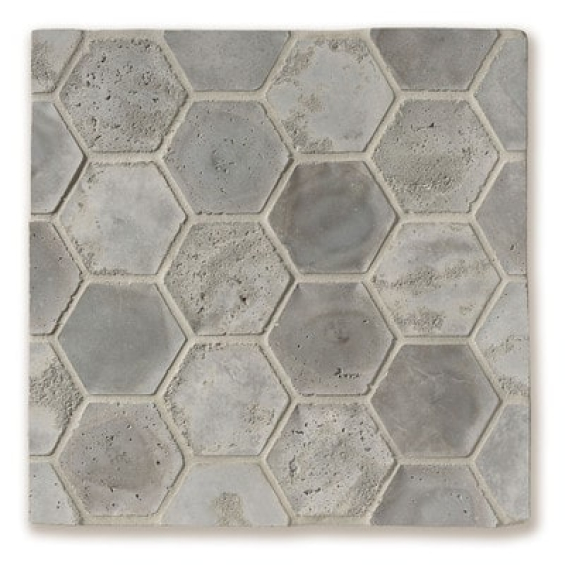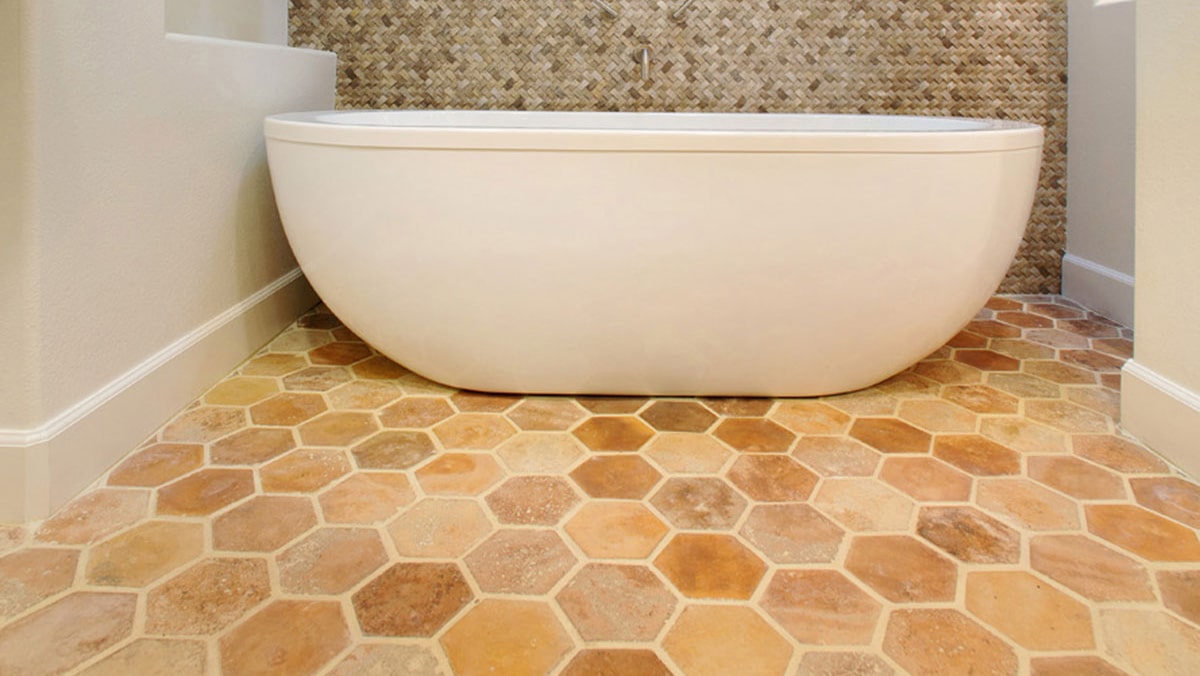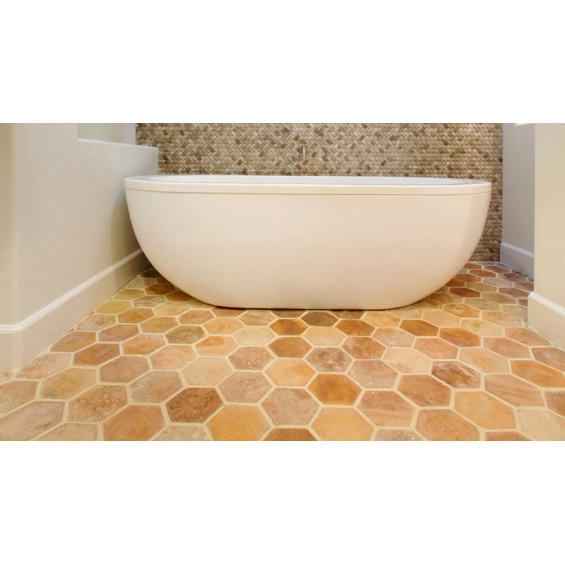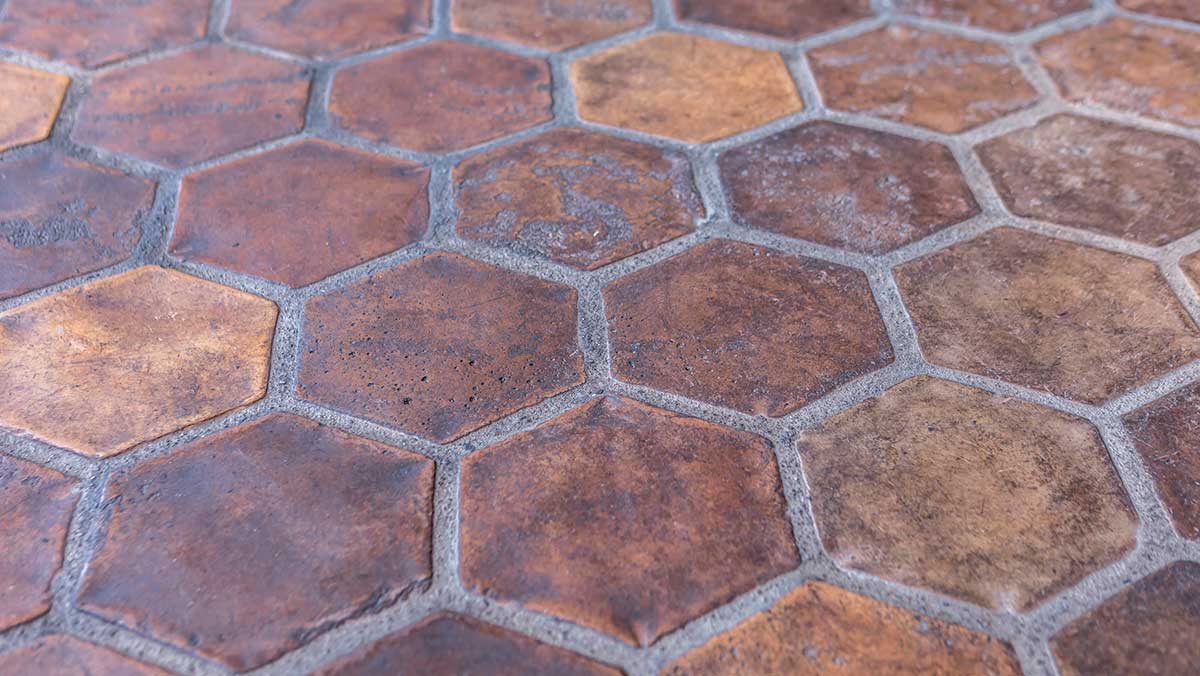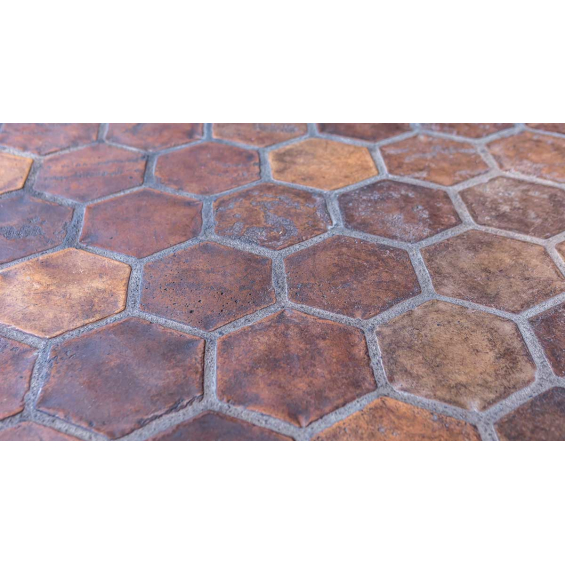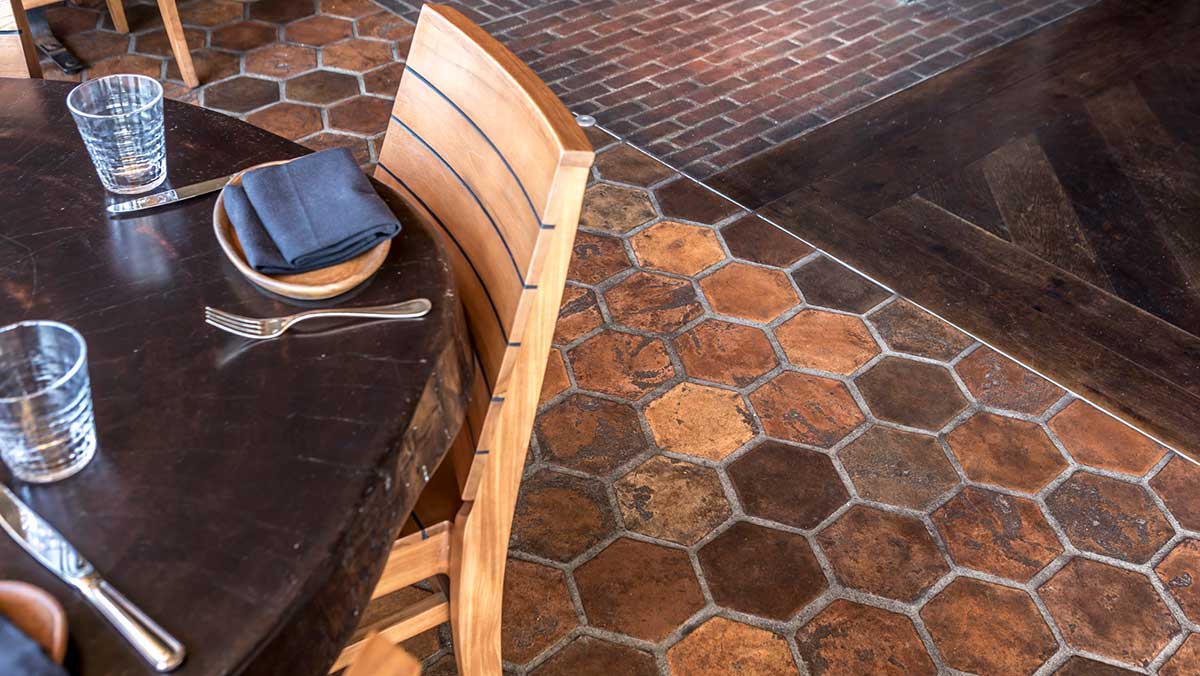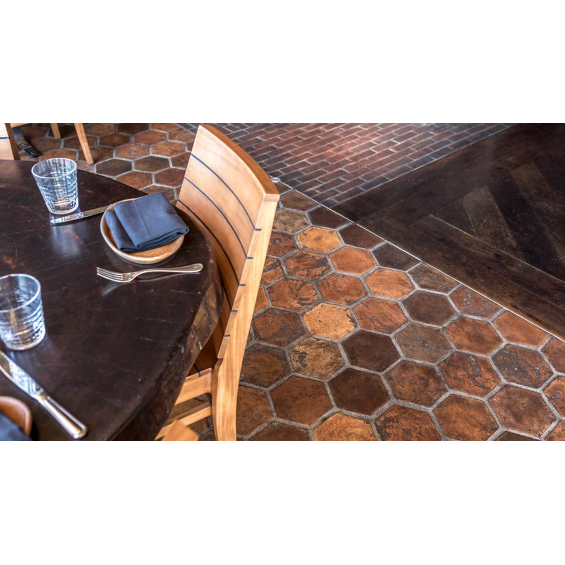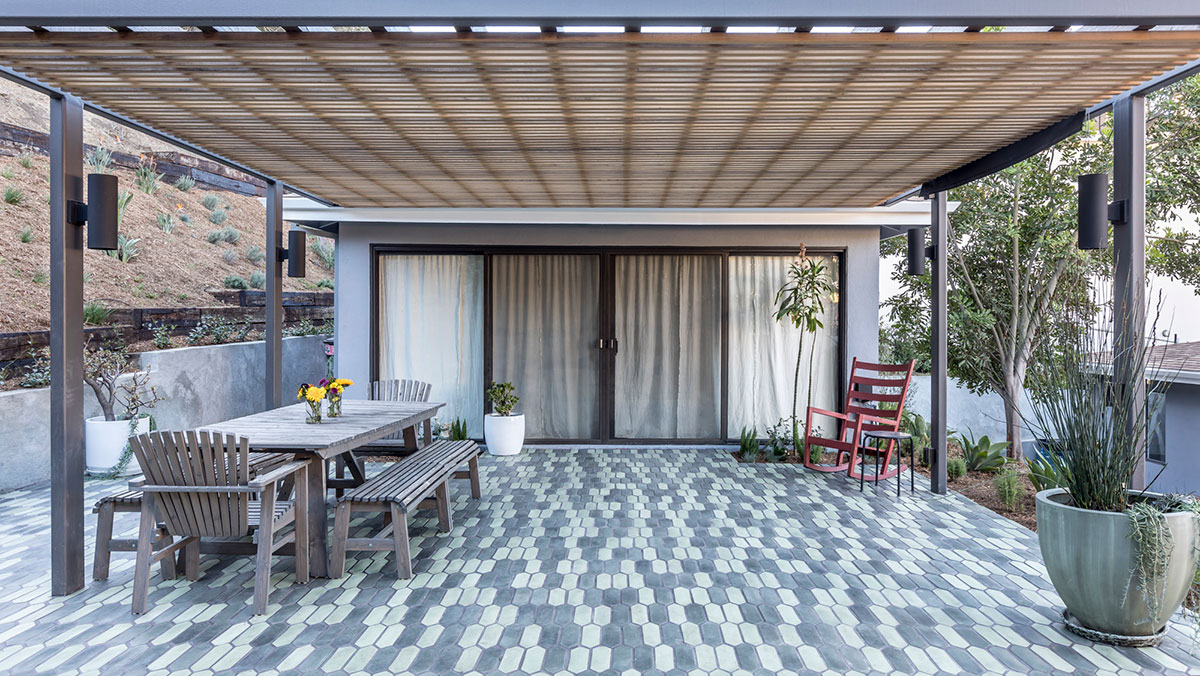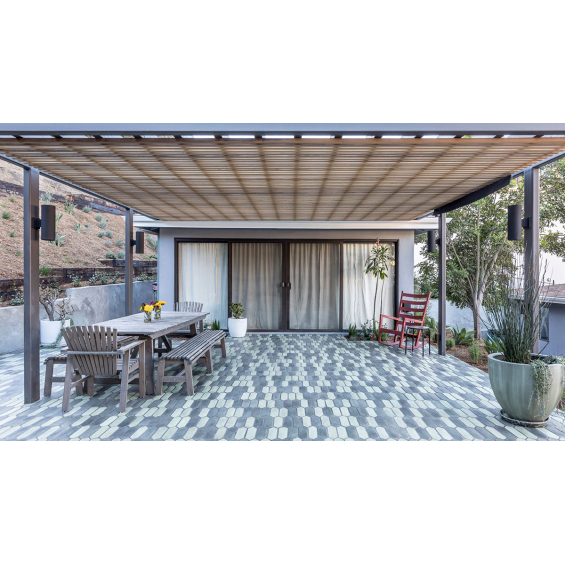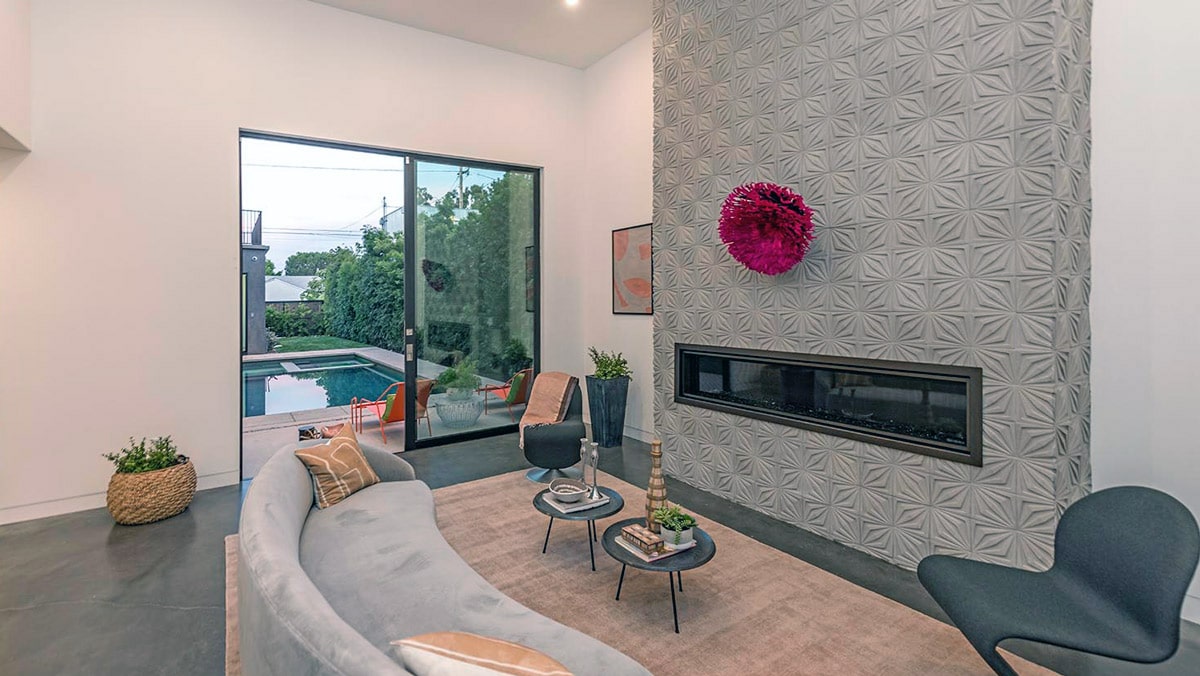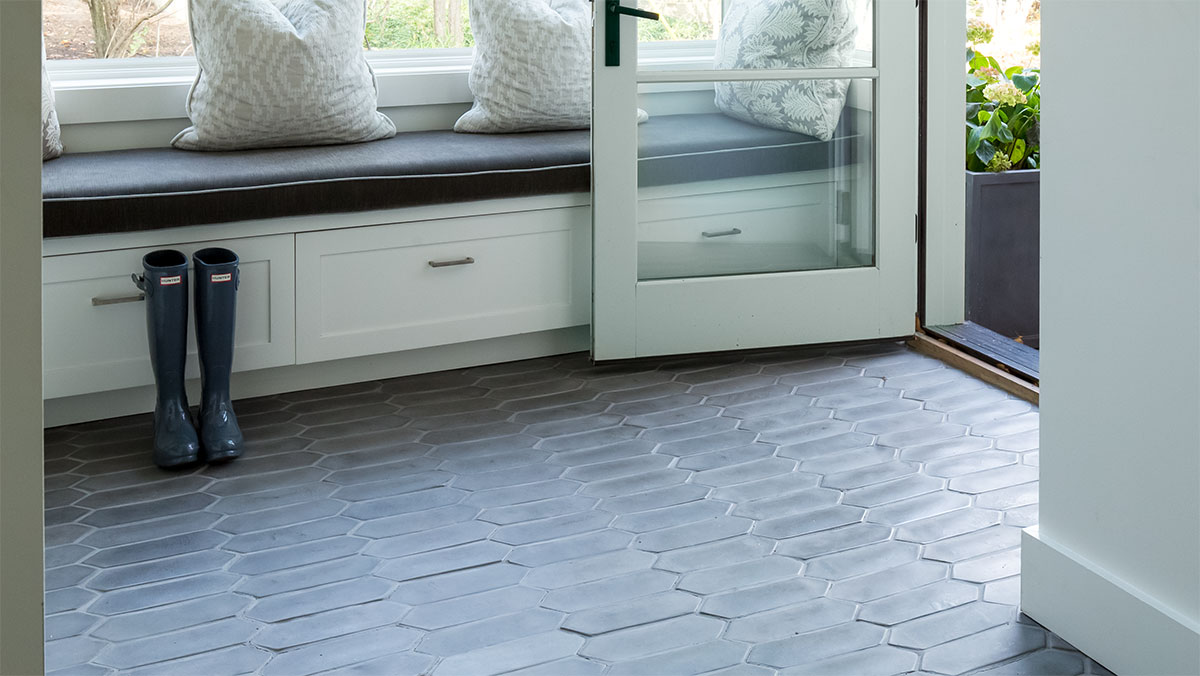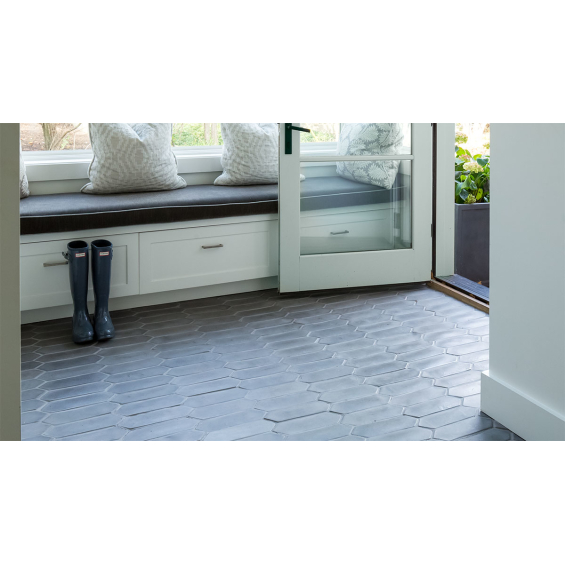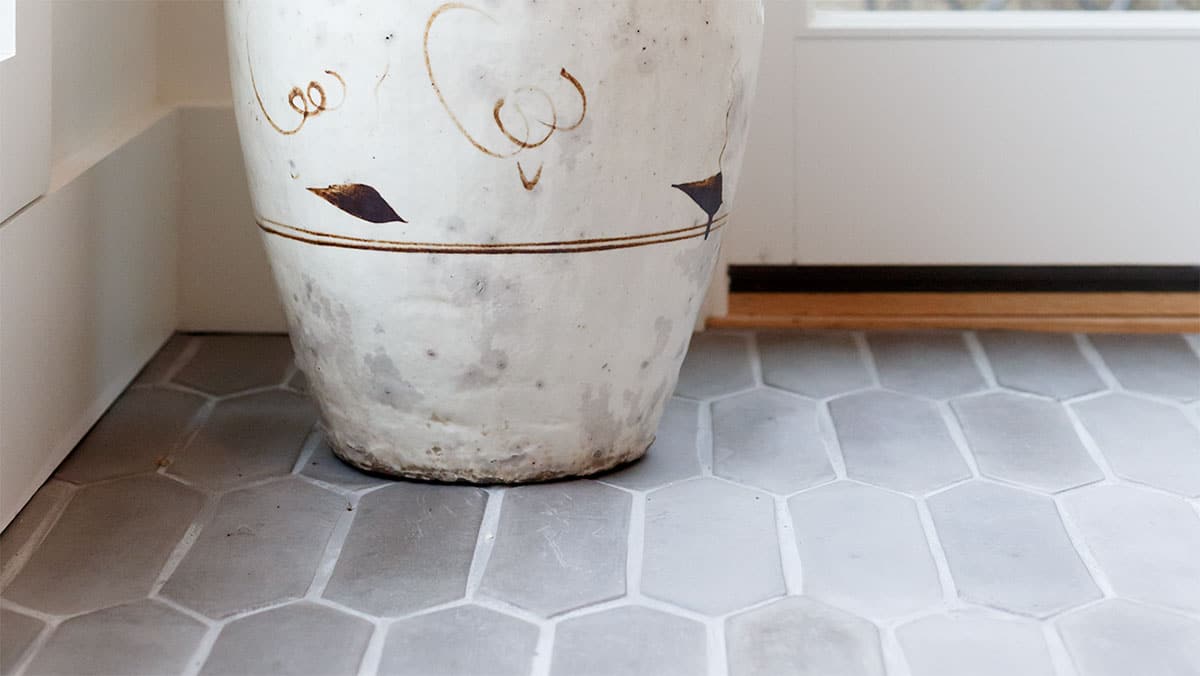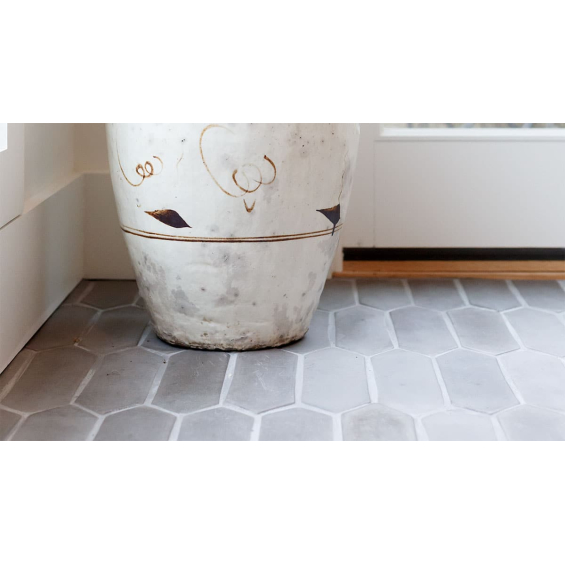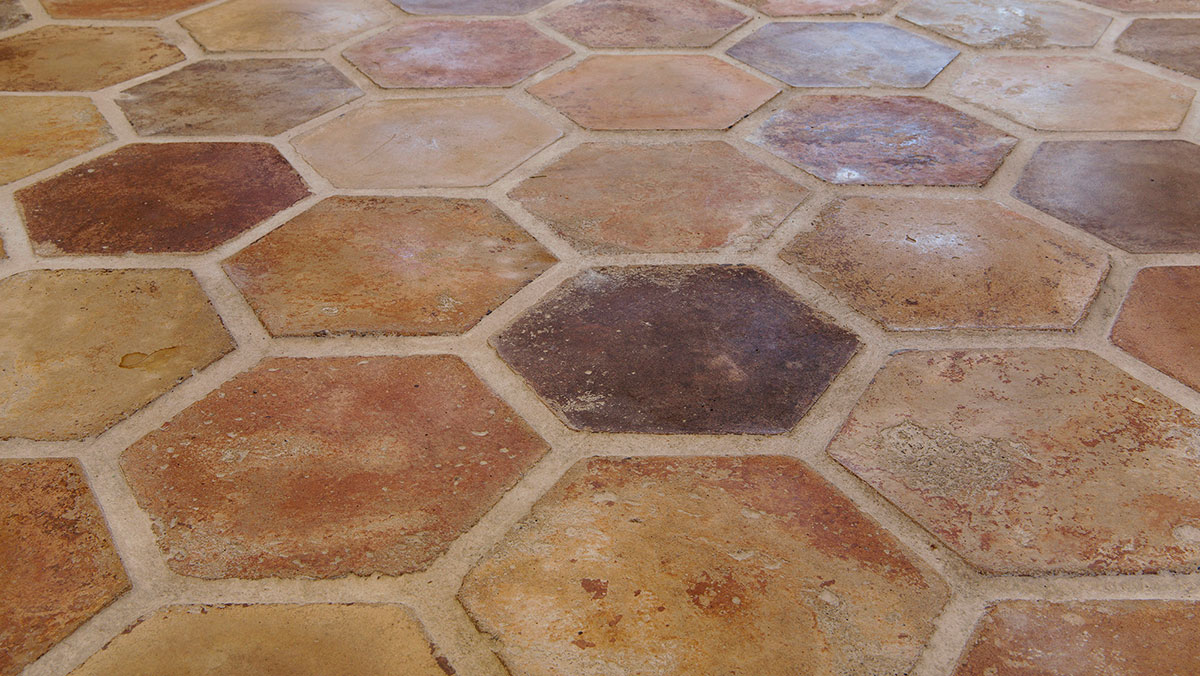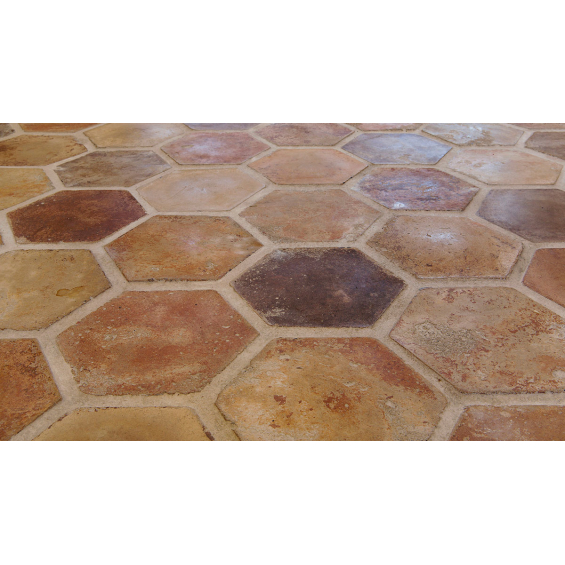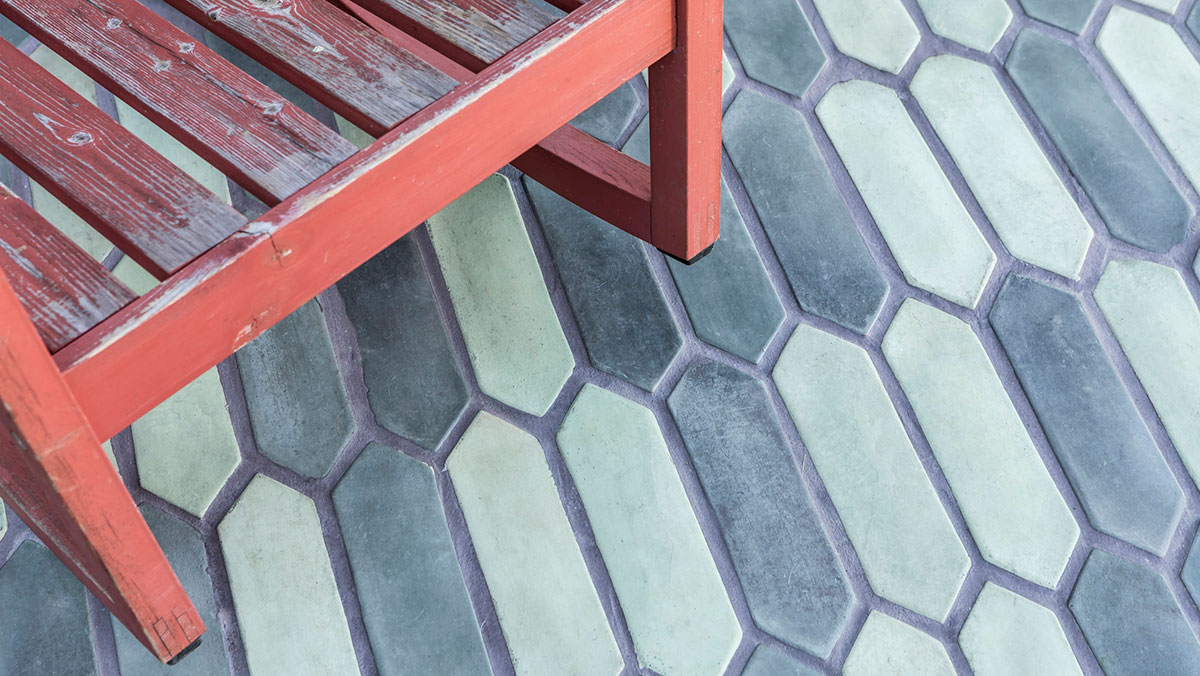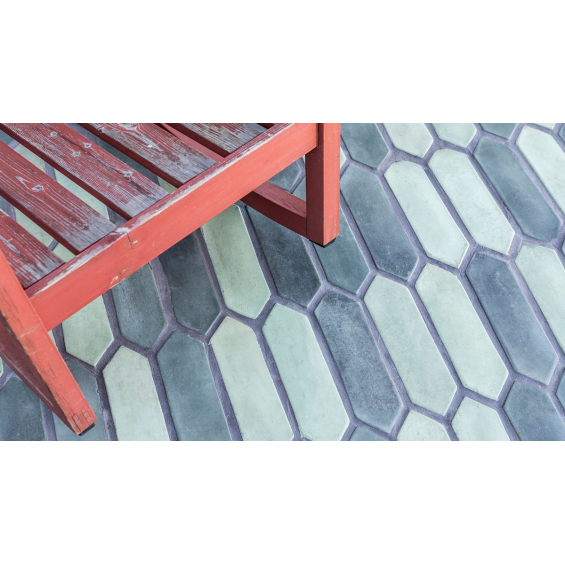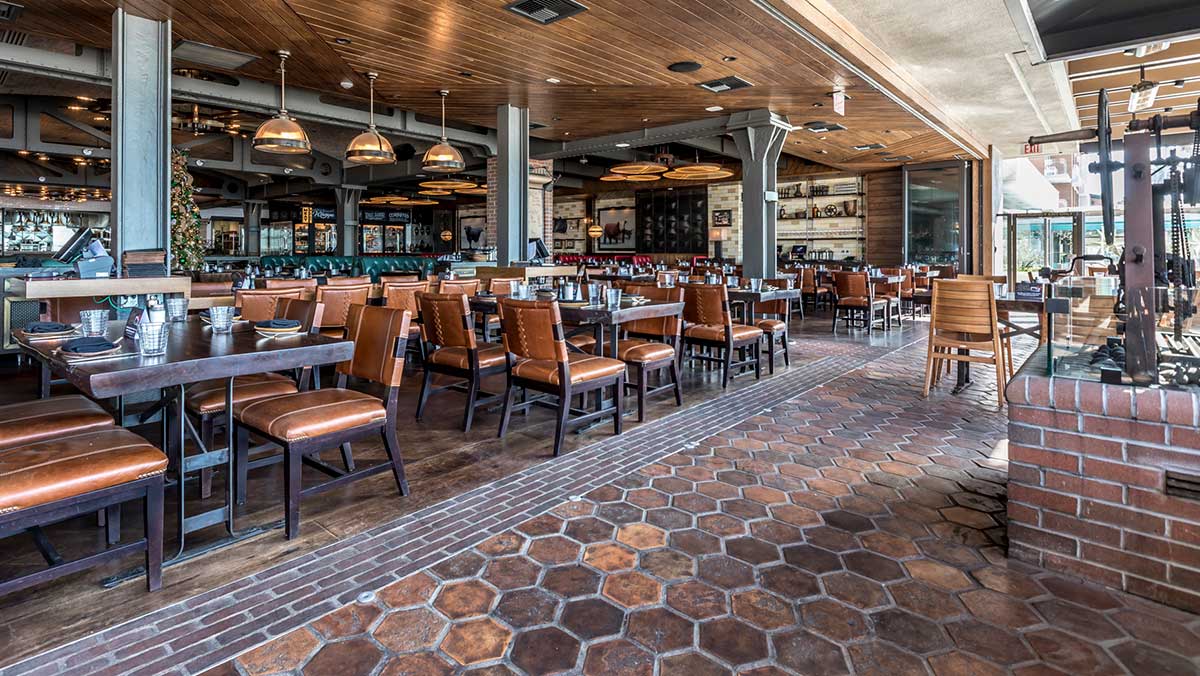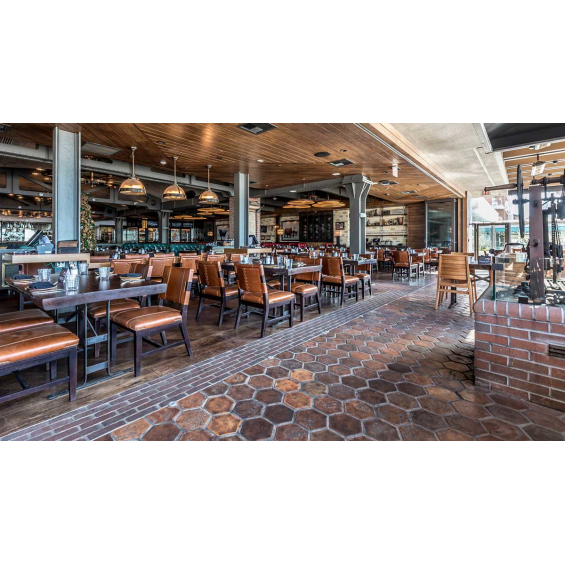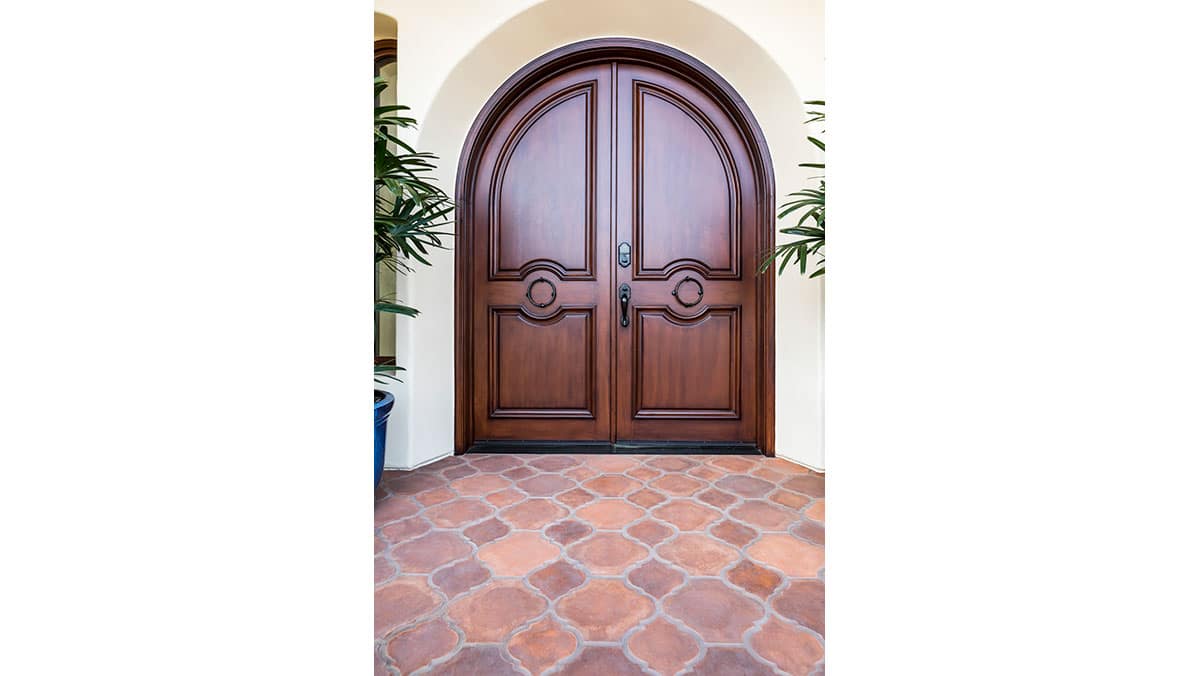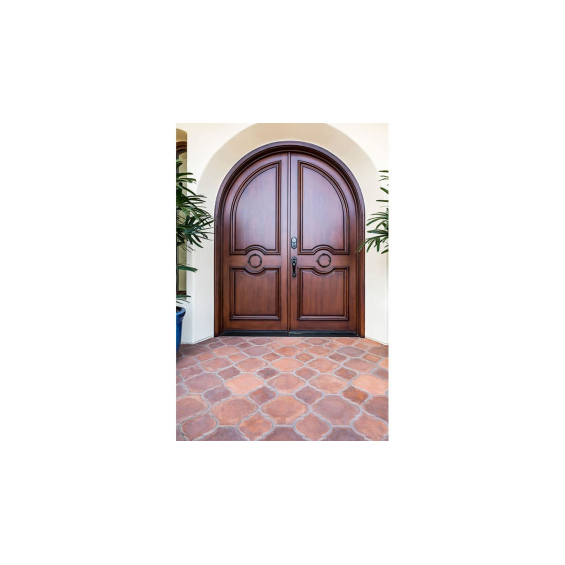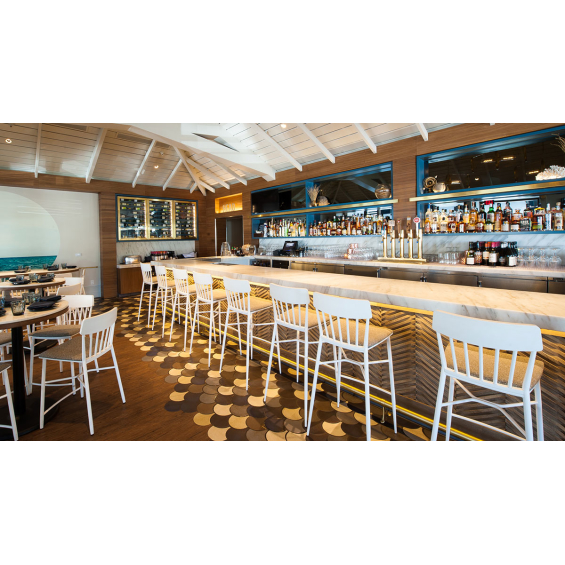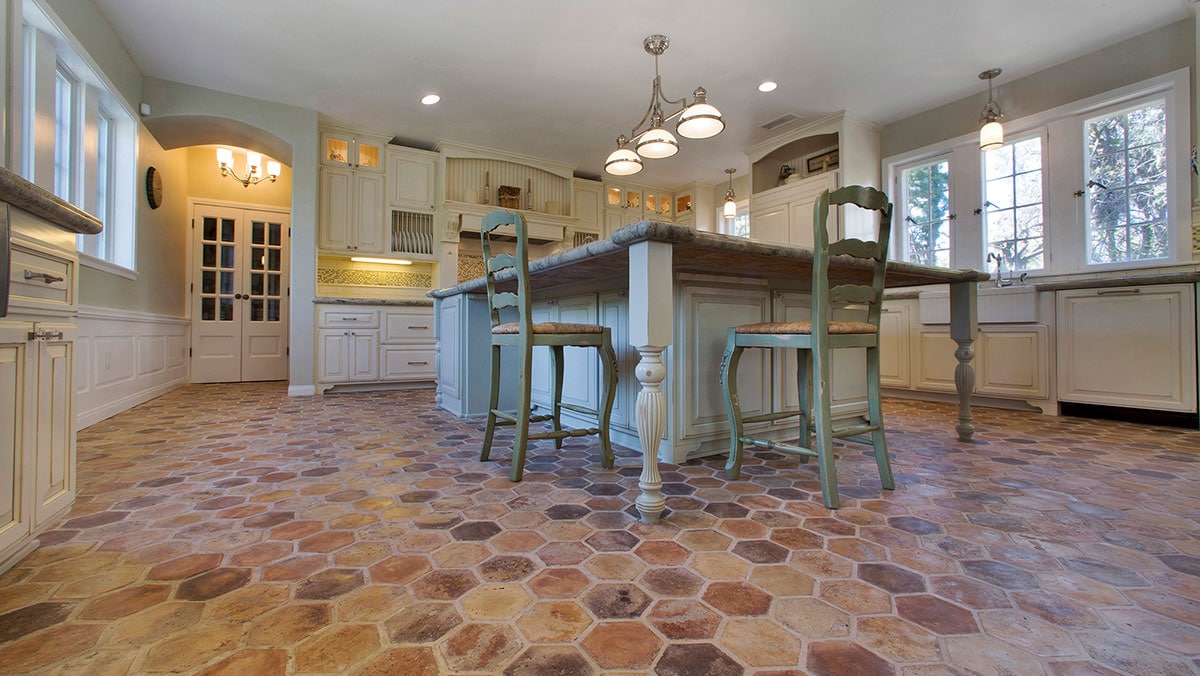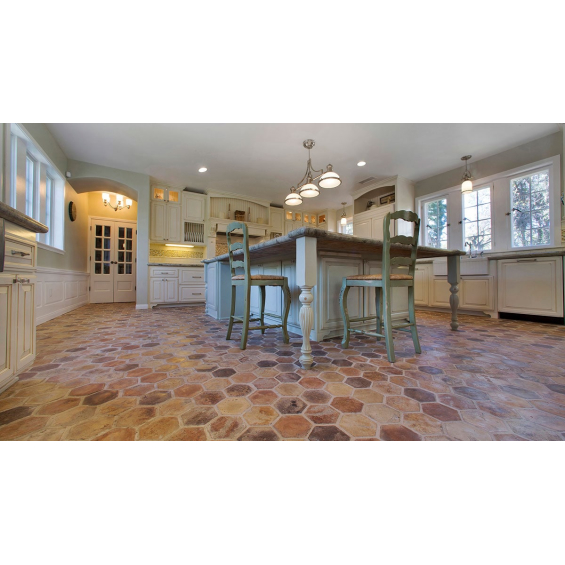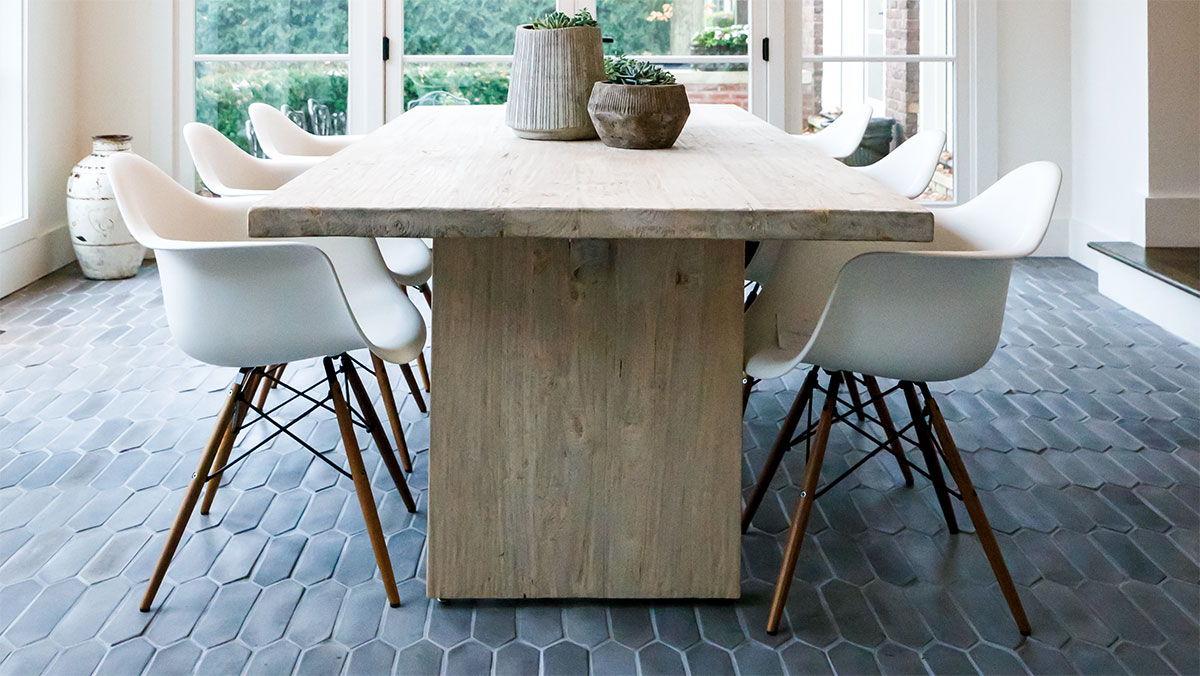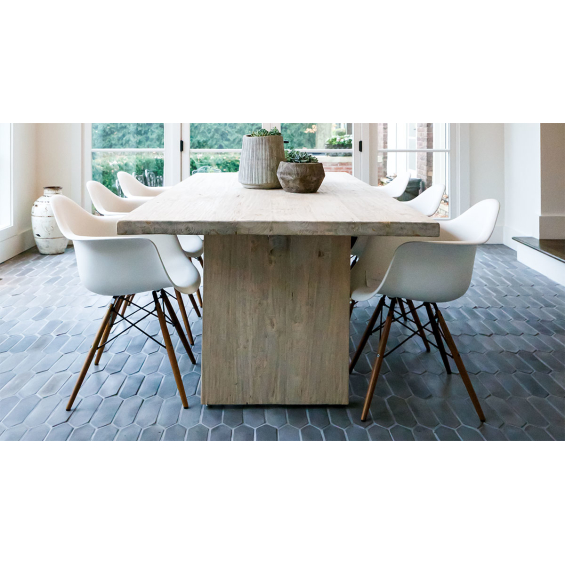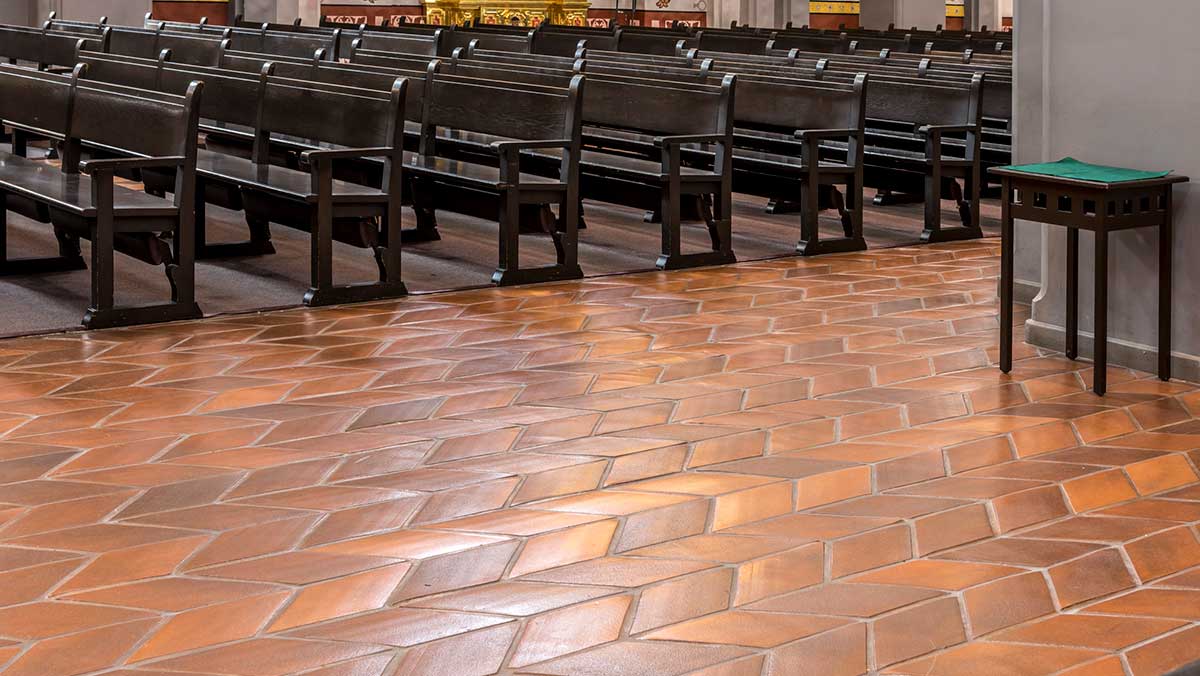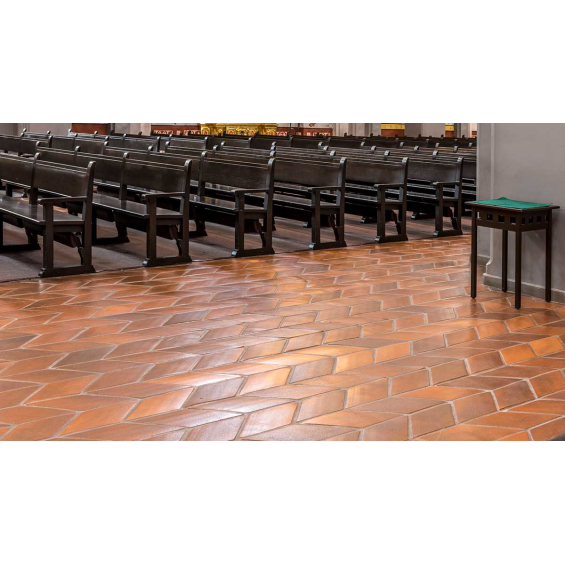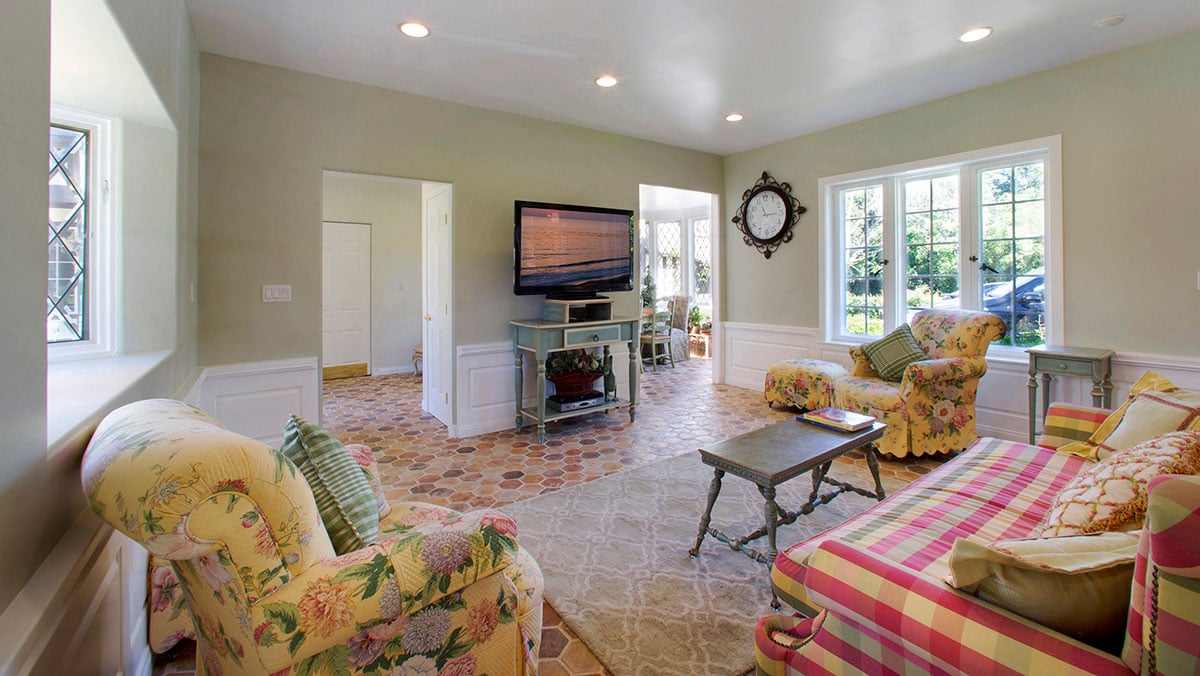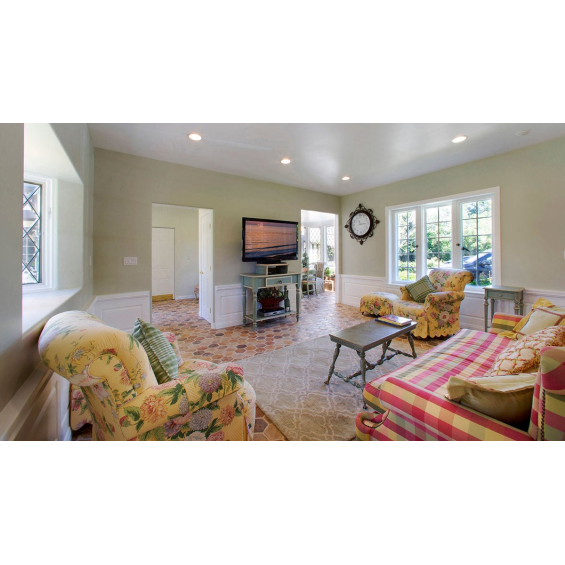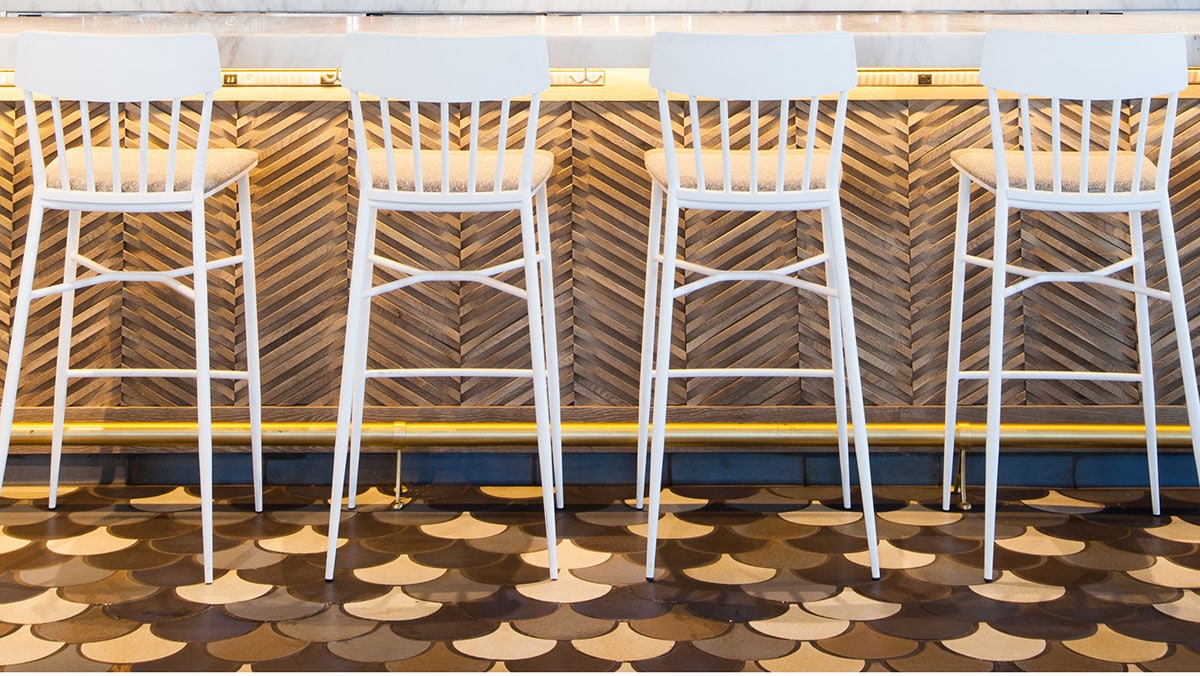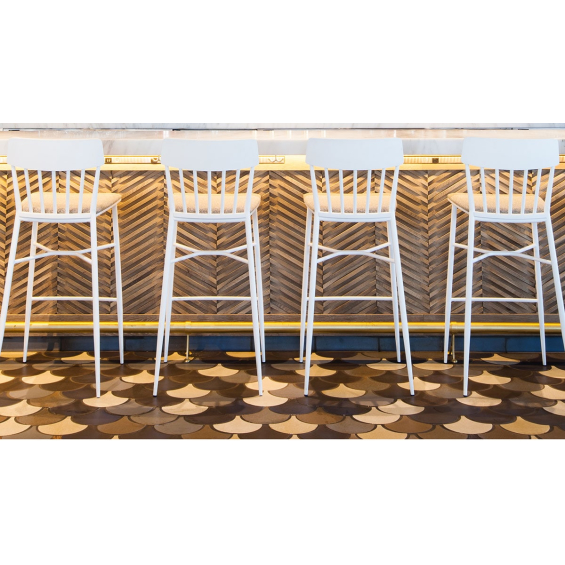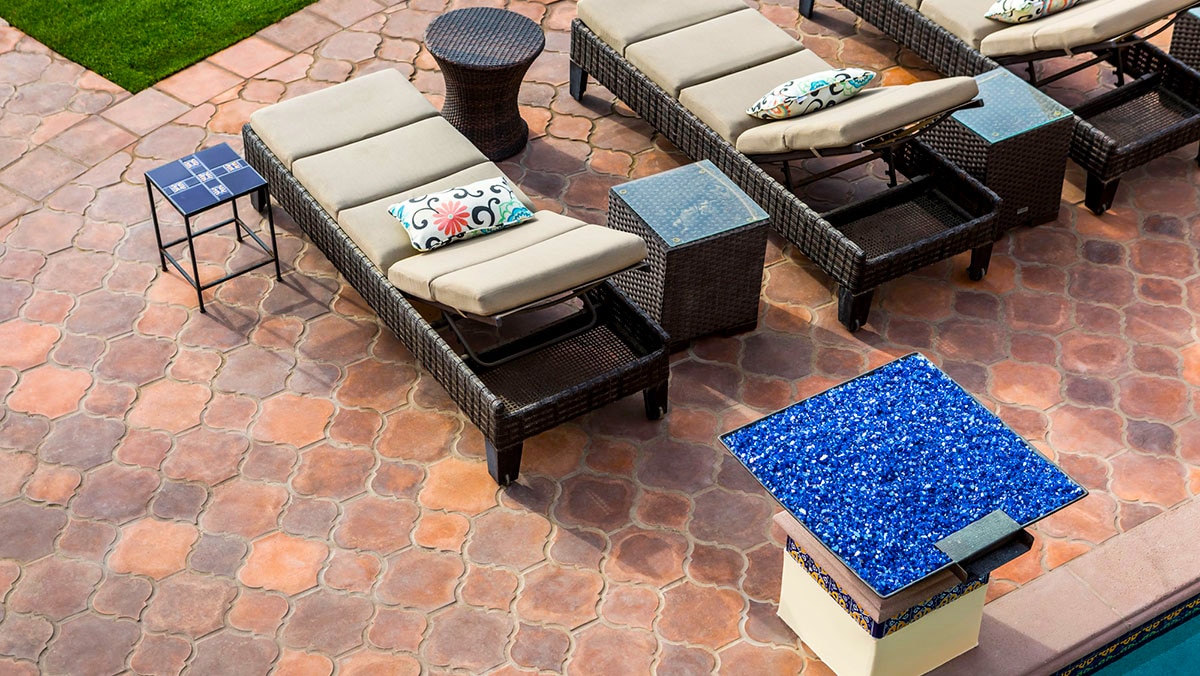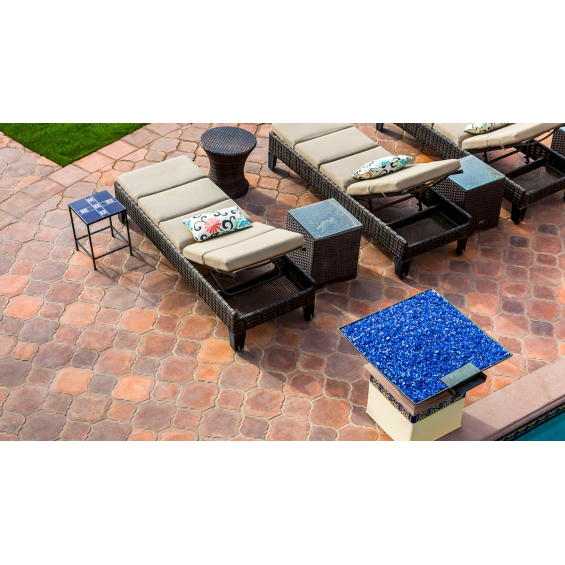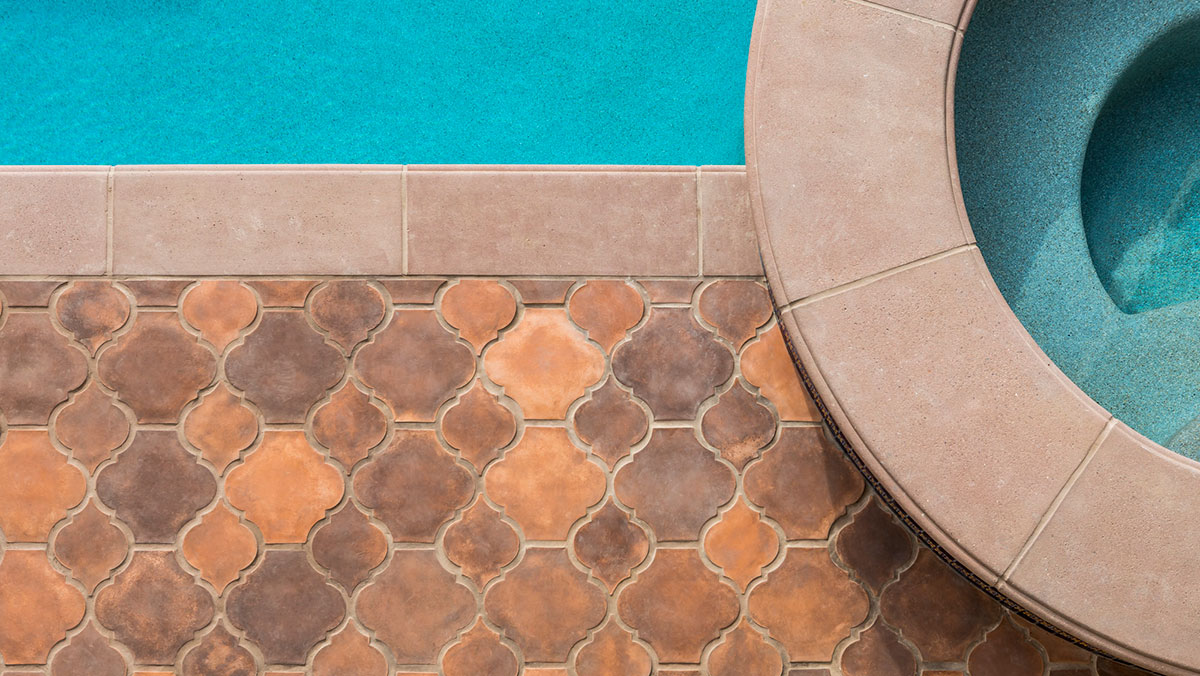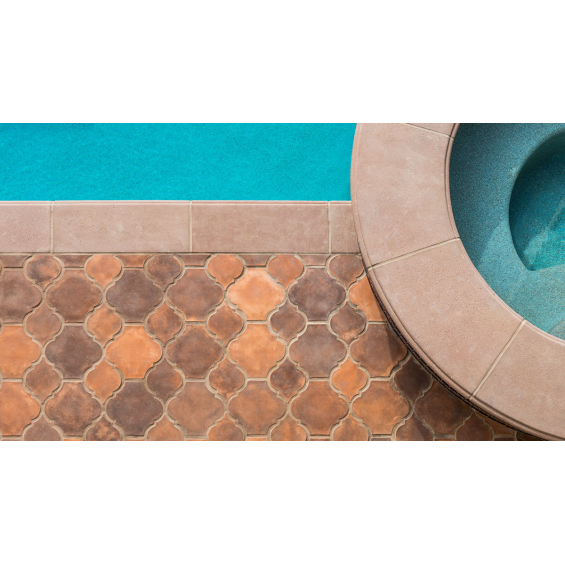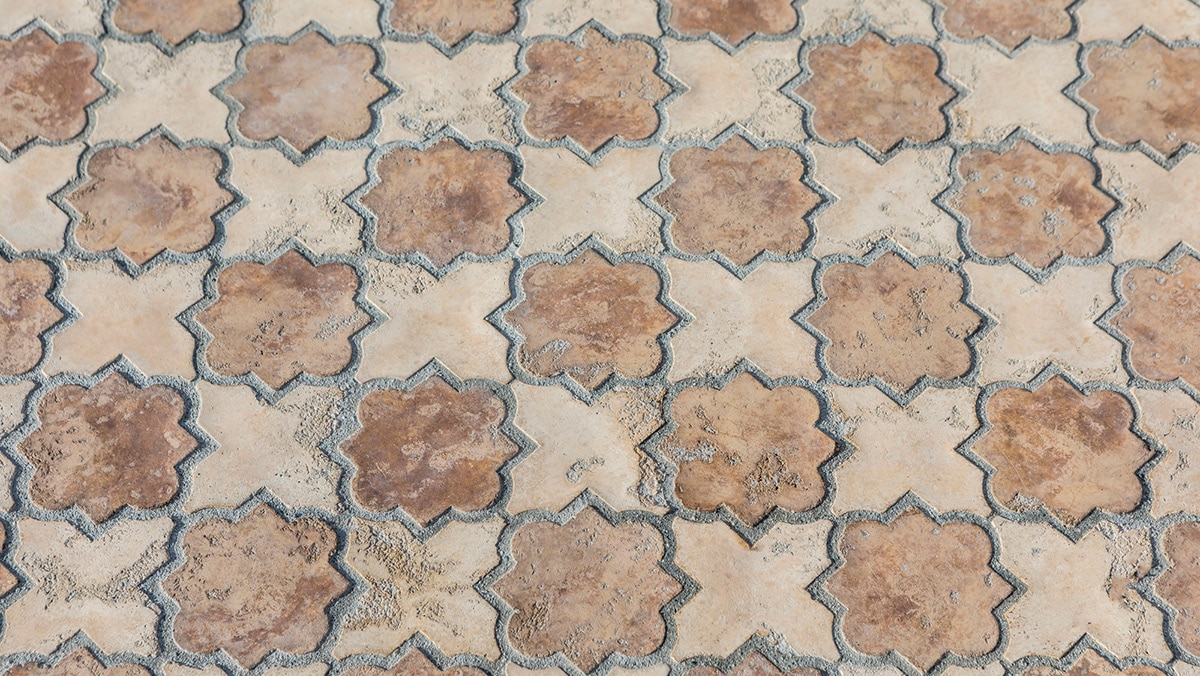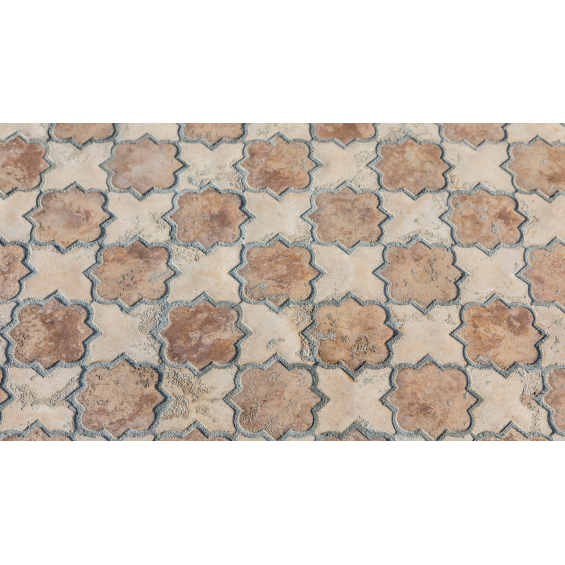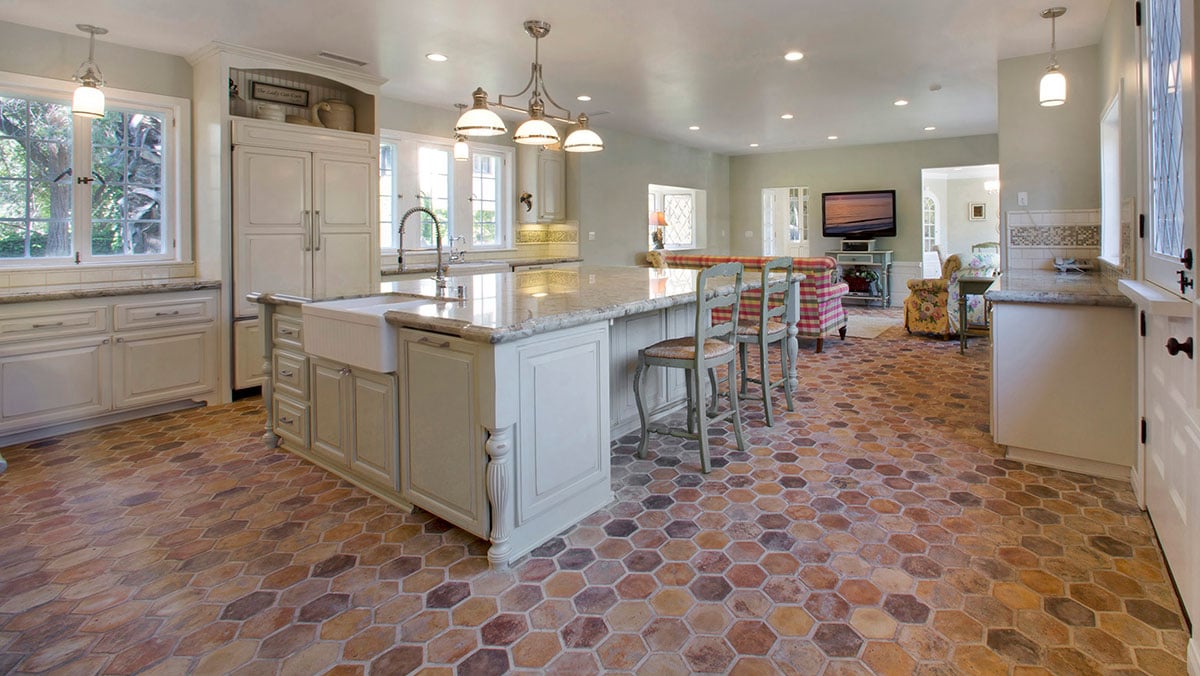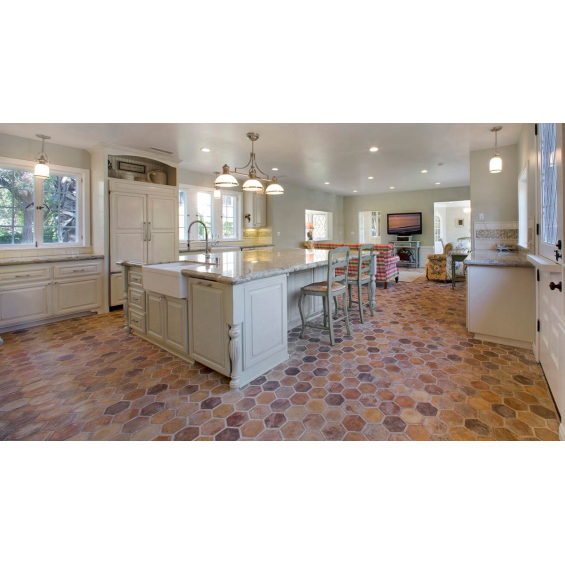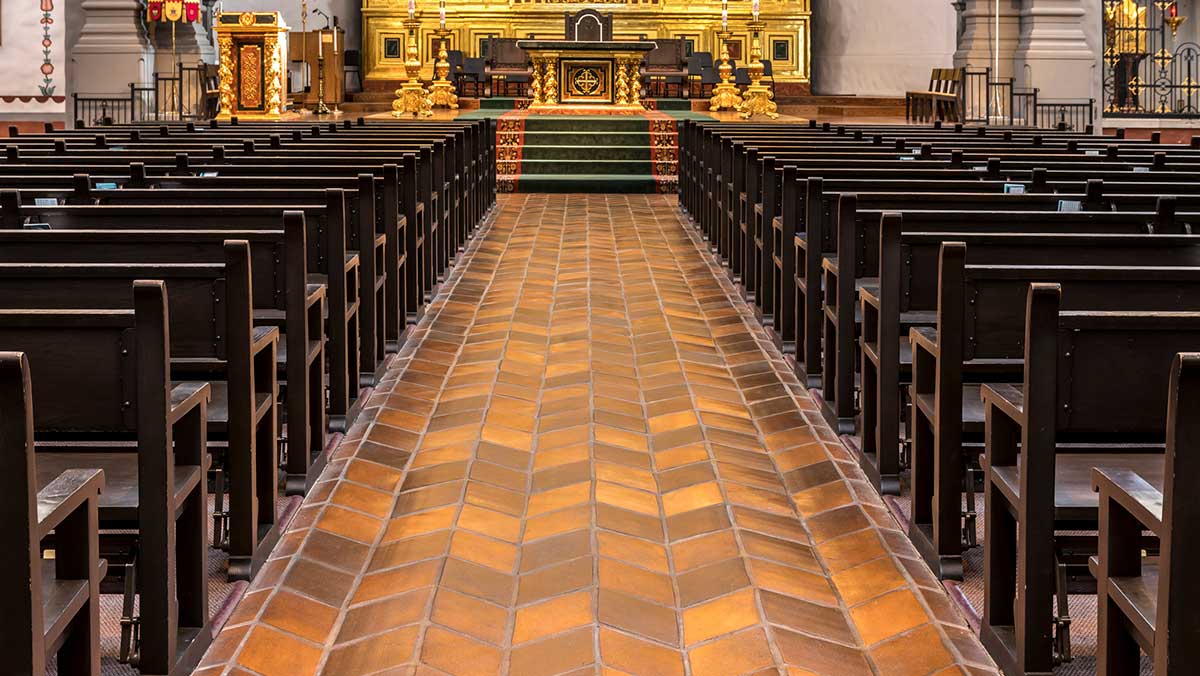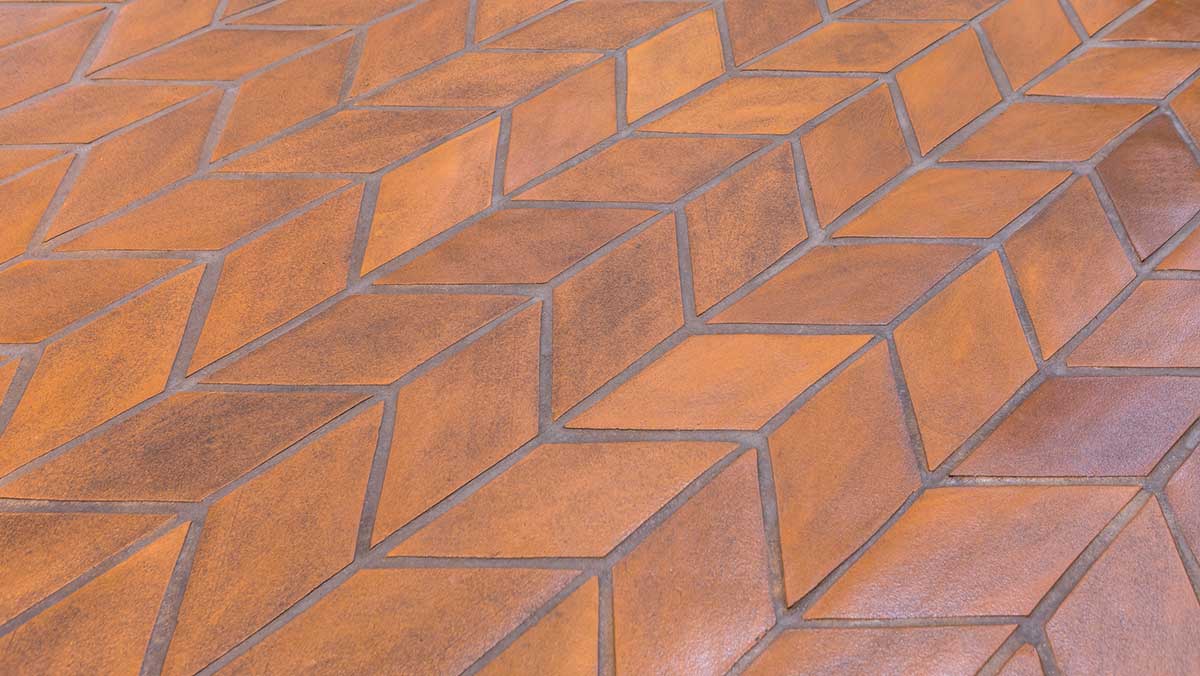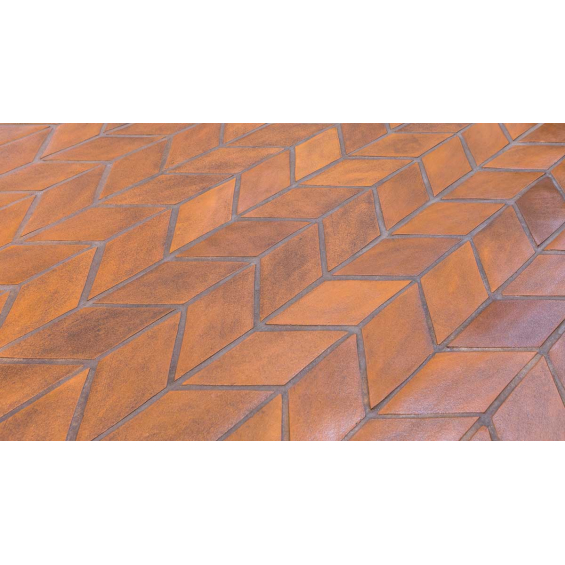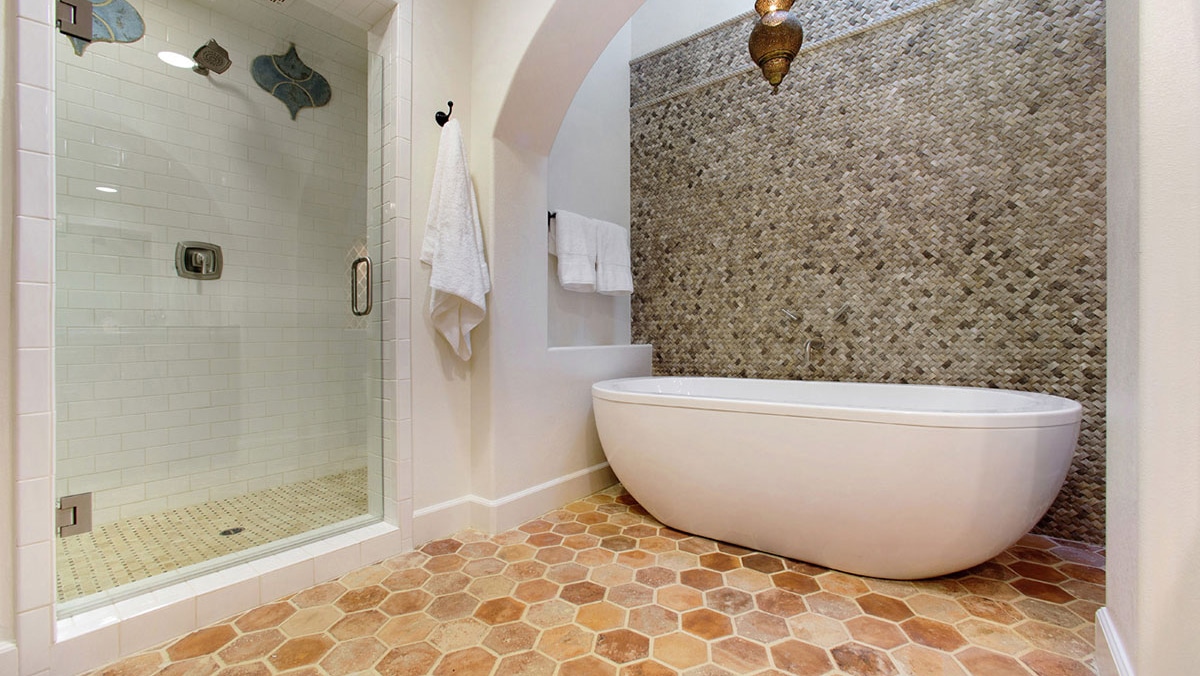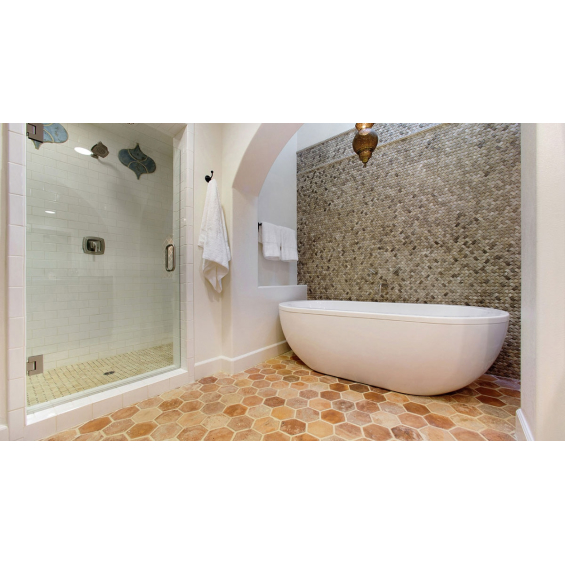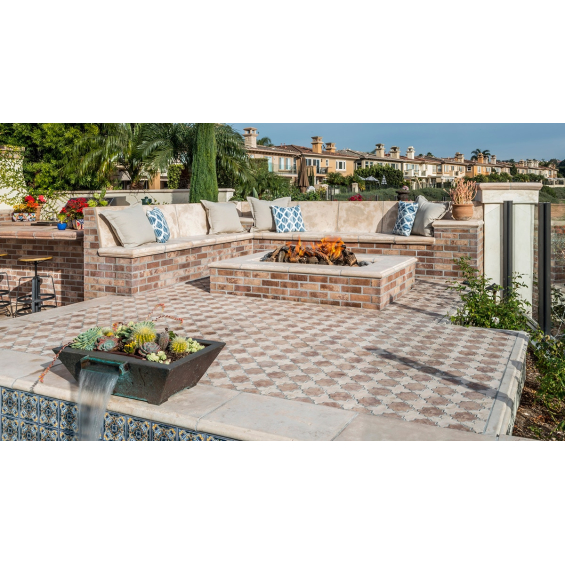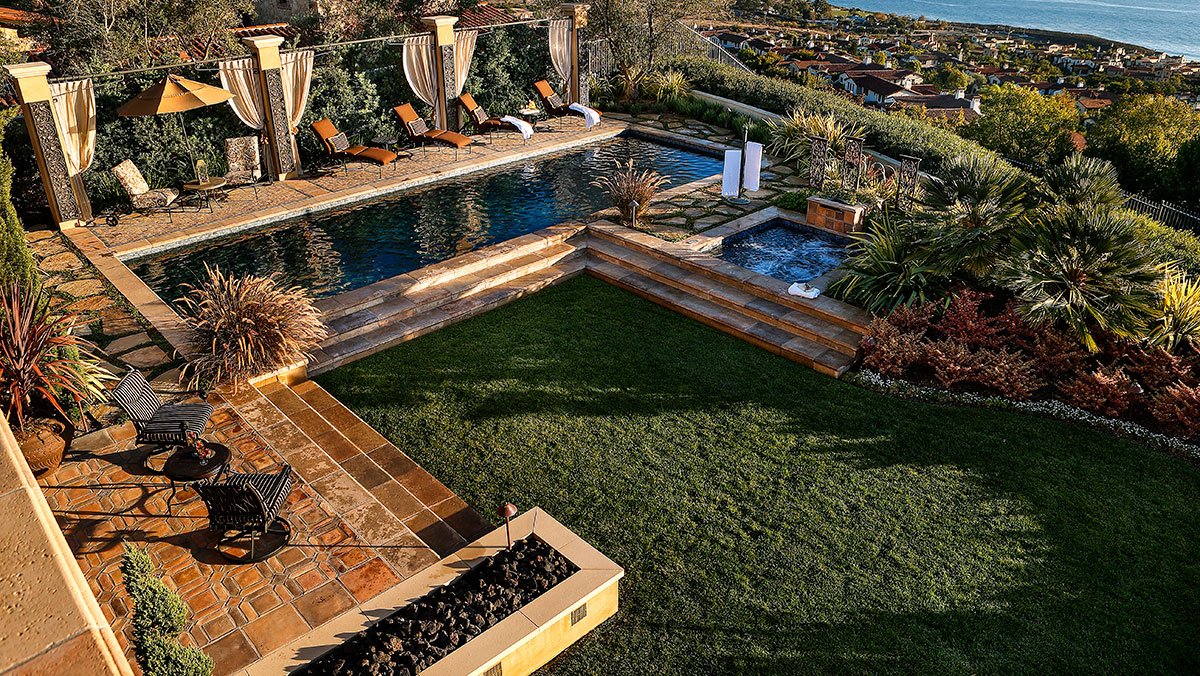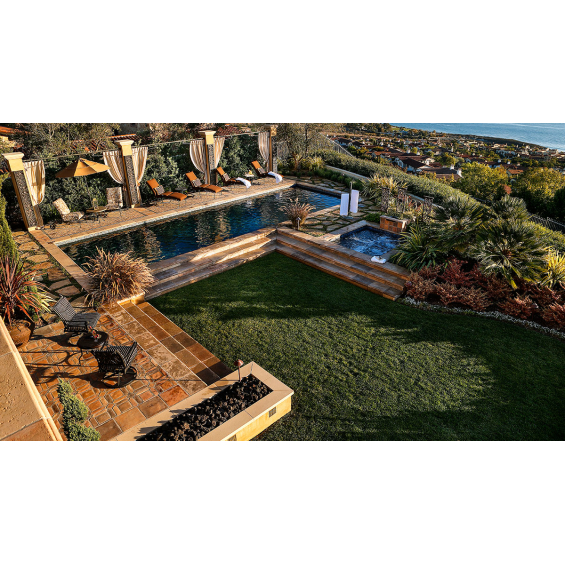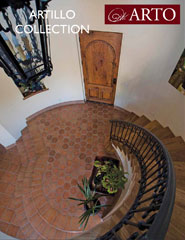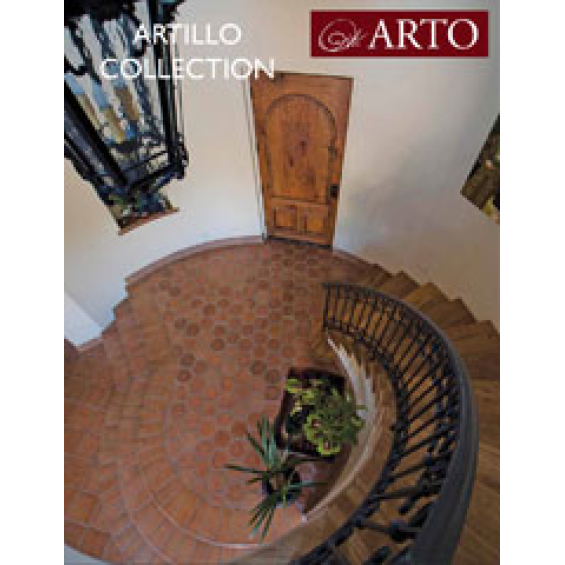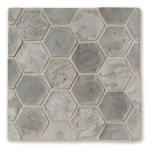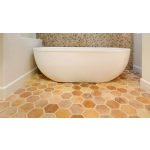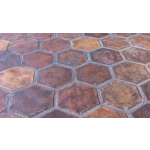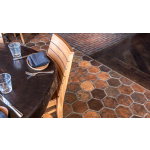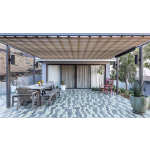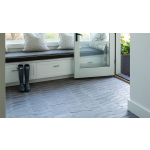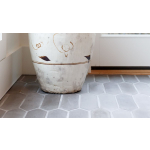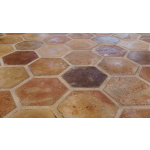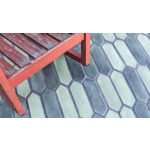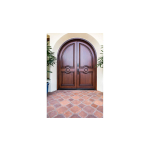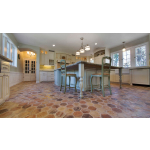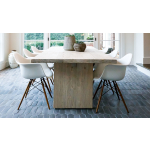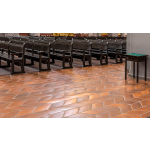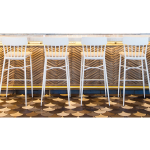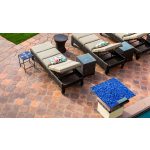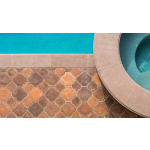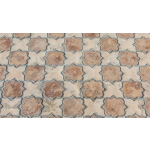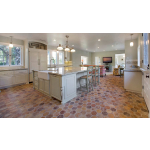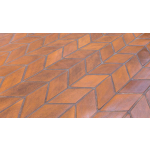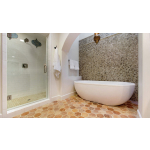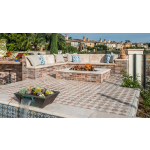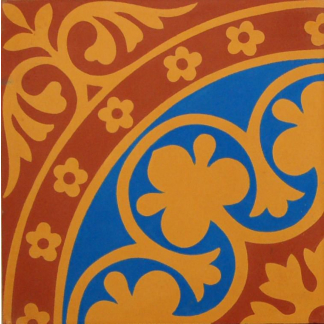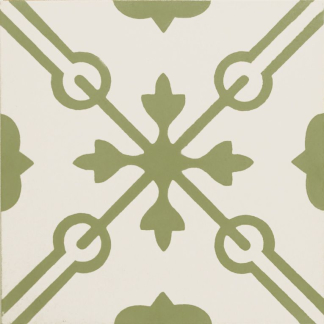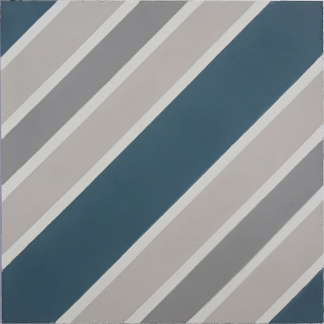Arto Artillo 6×6 Hexagon Sidewalk Gray Vintage
Call for price
Authorized Distributor
Creative Tile is proud to offer handmade ARTO Brick. Artillo Concrete collection is made the traditional way with skilled human hands, local materials, and hard work. In today’s world where everything is automated and products all look the same or are printed out to trick your eye, ARTO makes truly unique handcrafted products. ARTO’s products attract customers who are indeed unique themselves and want that represented in the items they use to make their spaces distinctively their own.
Product Details
| Color | |
|---|---|
| Tile Type | |
| Material Type | |
| Shape | |
| Collection | |
| Shopping Options |
Description
How can I ensure a proper blend?
To achieve optimal results, tile should be selected from multiple cartons and shading arrangement planned and laid out prior to installation. One of the characteristics of our handcrafted tiles is strong random shading and that is what enhances its natural beauty. If you need to order more material to complete your installation please do not use all the tiles on hand. Instead wait for additional material to arrive and blend new and old materials to ensure a smooth blend. ARTO recommends blending from all boxes and pallets whenever possible.
Can I store ARTO concrete products?
Short and long term storage can change the face of our products whether stored indoors or outdoors, covered or uncovered. Many top designers love to order the tiles for their projects well in advance because they really enjoy the extra patina the long term storage can develop. For other projects where a clean contemporary look is desired long term storage is not advised and will eventually distress and patina the face of a tile.
Can I put ARTO indoor or outdoors?
Yes ARTO products can be used indoors and outdoors in the valleys or on the mountains and wherever freedom rings and the pursuit of happiness roars. That means commercial driveways, grandma’s back splash or your wine cellar. ARTO is freeze thaw tested but deicing minerals can still damage the surface of the concrete tile. In freeze thaw climates it is especially important to seal well (water should bead on the surface) using a high quality penetrating sealer.
Is the tile sealed or do I have to seal it?
ARTO tiles are usually sold unsealed but can be pre-sealed for an additional charge. Ordering pre sealed tile can cut labor costs and help ensure your tile is protected during the installation process (you will still need to seal the grout). However, most tiles are shipped unsealed because the type of sealer will vary based on the specific installation requirements.
ARTO installation guidelines recommend that tiles be presealed prior to installation to avoid staining the porous tile with water from the setting material, grout water, and greasy fingers.
In the past we never mentioned presealing tiles because people used to take their time, use clean water, and keep the jobsite tidy and free of debris. We now recommend presealing to protect your investment from the hazards of sloppy and unsupervised work conditions – even if your installer is careful, other trades working on your jobsite can still damage tiles.
But do I have to seal it?
Some people say seal it once very well and forget about it.
Some people say don’t seal it and let the tile absorb the environment around it and then seal once the patina desired is achieved.
However, for a kitchen or driveway, I would use a sealer to protect it right away due to the many opportunities for staining in these applications.
Sealing the tile right out of the box will keep the tile looking like it is but if you choose to seal after installation you can expect some changes to occur due the abrasive nature of grouting colored concrete will get good and hard just like normal concrete. However, all concrete benefits from being sealed against staining and water damage. Sealing your tile will make it look good longer and will help prevent dusting of the surface.
What do I need to do before the tile is installed?
Tile must be installed over an appropriate, properly prepared substrate. Concrete slabs should be clean and free of contaminants.. Wood substrates should be engineered or verified to be able to handle the weight of the entire tile installation (including setting materials); otherwise cracking can occur due to excessive deflection of the subfloor.
All installations should include movement joints to compensate for the stresses (settling, thermal expansion, deflection) inherent in and normal to every installation. Movement joints act as a safety valve so these forces can be released gradually and in a controlled manner rather than transmitting through and potentially cracking the tiles.
Maintenance, whats going to happen to it?
Do your colors fade?
The color can’t fade, but the concrete can. The color used in every Arto concrete product is pure inorganic pigment which is made in a process of oxidizing metal, in essence, “fading” metal into a pigment powder. The resulting powder pigment concentrate is impossible to fade. That’s why it’s the same active ingredient in another permanent coloring application: tattoos. Concrete, on the other hand does change with time and weather exposure. Even uncolored concrete which turns yellow, erodes and darkens as it accumulates dirt, dust and grime from the environment. Left unprotected or weakened by a poor mix design or finishing job, the surface of concrete “dusts” and erodes slowly until fine aggregate and sand particles are exposed. This same process occurs in colored concrete.
Do not use high-pressure washers as these can change your product drastically without extreme care. This is especially true prior to sealing when the surface of the tiles is more vulnerable to abrasion. Mechanical abrasion using sandpaper, power sanders, or rough bristled brushes should also be avoided.
It is also important to understand that although your properly sealed concrete tile has minimal porosity is still porous. Being porous means it will absorb the environment around it and will develop a unique patina reflecting those conditions. Thus interior applications may look as good as new for many years while the look of outdoor installations may change dramatically and quickly.
But concrete does change with time and weather exposure. Even uncolored concrete turns yellow, erodes and darkens as it accumulates dirt, dust and grime from the environment. Left unprotected the surface of concrete “dusts” and erodes slowly until fine aggregate and sand particles are exposed. This same process occurs in colored concrete and can cause fading when water intrusion causes the pigment to leach out of the damaged concrete matrix.
The solution is to buy concrete from a supplier like ARTO who creates tiles designed for durability and use an installer with experience in finishing concrete tile. Then keep ARTO tile fresh looking by protecting it with periodic applications of a high quality sealer designed for tile and natural stone (avoid cheap and all-purpose sealers typically sold at big box home improvement stores).
What causes cracks to appear?
There are rare occasions when an individual tile is fractured when it is stepped on or something impacts it. This can occur when tiles are not fully backbuttered with mortar or not well seated in the setting bed. In these cases, replacing the damaged tile repairs the crack.If the crack continues from one tile to another and across the grout joints then the problem lies in the substrate (usually due to subfloor movement or cracks in the slab).
The damaged tiles would need to be removed and a crack isolation membrane and tile reinstalled.If cracking is seen only in the grout and runs parallel with the tiles this indicates grout shrinkage due to mixing with excessive water. The grout can be removed and replaced but matching the color of new and old grout can be tricky and will require trial and error.
Is the tile slippery?
It depends on the types of shoes you are wearing…… but seriously some of our tiles are more slippery than others. Our standard finish Artillo and Roman tiles are often specified for hospitality and other commercial floor applications and meet all ADA requirements. But yes, friend to friend, if there is enough water on the surface anything can be slippery For a bathroom or pool deck good traction means good times so we suggest ordering smaller sizes or applying one of our add-on textures like Limestone or Luna texture to increase grip. There are also floor treatments from sealer manufacturers that can increase traction but these may require regular maintenance
Does your tile scratch? Does your furniture itch?
Yes it can scratch if subjected to heavy, sharp objects dragged across the surface. Furniture should have chair glides or felt pads and simply lifting the furniture rather than dragging it over the floor will help. Pets can scratch the floor too so consider rugs and trimming the dog’s nails.
Sealing can help minimize scratching (depending on the product and the quality of the application) but keep in mind that the scratches may occur on the sealed surface itself when a topical sealer is used.
Concrete is a durable material yet the unprotected surface is soft and can be scratched, No material is scratch proof but with a little care and a proper job completion scratching will be kept to a minimum. You have to remember your new ARTO tiles may even come with scratches; these are designed into the product as part of its old world charm. As the tiles age scratches and other imperfections will actually accentuate the old world charm of these rustic tiles. We recommend that you protect and maintain your installation while enjoying the changes to your living tile floor.

